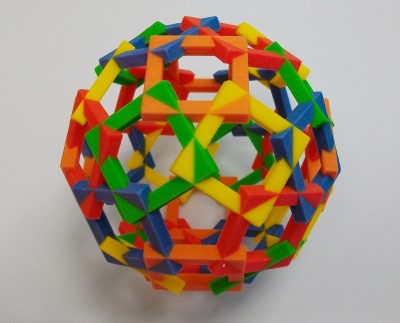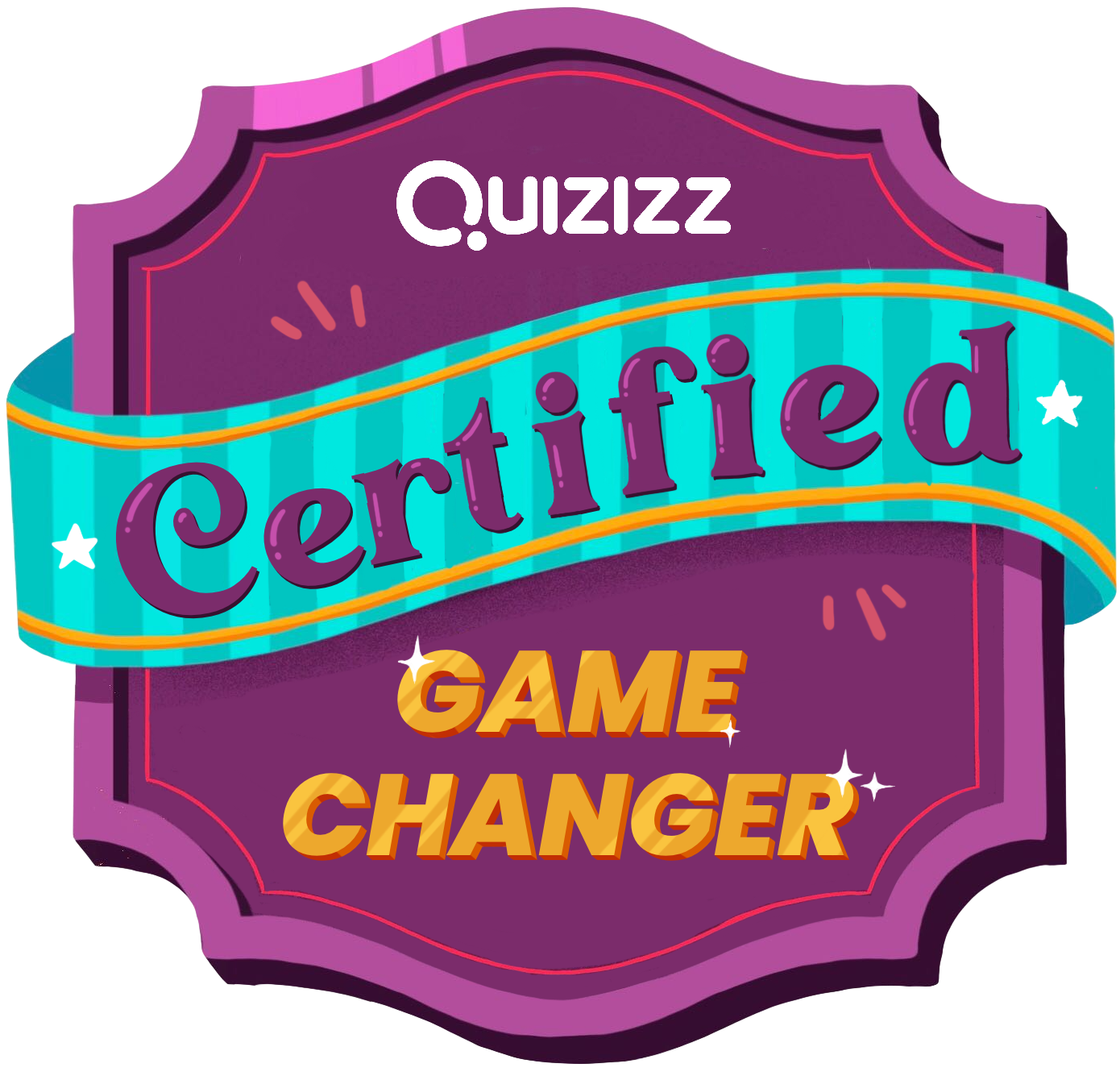[This is part of a series of posts I’m writing as I reflect on another online course I’m taking this summer, Stanford University’s EDUC115N How to Learn Math. Sure, I’m a Science teacher but I have taught Math so I’m familiar with Math instruction. Besides, we do use Math in Science so it’s not like I don’t do any Math with my students and my NB certification is an early adolescent generalist, which means I’m an integrationist at heart.]
 I’m learning that there’s a beauty to Math that I never had a chance to think about. Well, that’s not entirely true. Years ago I attended a two-week workshop on patterns exploration using fractal geometry. That was probably the first time that I thought of Math as something of beauty. School, it seems never showed Math as something of beauty or artful but as practical, mostly computational, work. Sure, that’s part of it but since I’ve never worked a job besides teaching where I had to use Math I’ve never seen the other parts of Math.
I’m learning that there’s a beauty to Math that I never had a chance to think about. Well, that’s not entirely true. Years ago I attended a two-week workshop on patterns exploration using fractal geometry. That was probably the first time that I thought of Math as something of beauty. School, it seems never showed Math as something of beauty or artful but as practical, mostly computational, work. Sure, that’s part of it but since I’ve never worked a job besides teaching where I had to use Math I’ve never seen the other parts of Math.
Last time I wrote about this course I started by asking a few questions about Math. Why is it that Math is such a horrible experience for so many people? Is it true what they say, that we are all capable of learning and doing Math? And, if so, why aren’t we? I hate to admit it, because I was part of the problem, but it’s in school that people pick up the idea that they can’t do Math or aren’t good at Math. It’s our fault. I did it to kids. And if you say that parents do it too remember they probably picked that up in school as well. So it seems to me that it all starts going downhill in SCHOOL! That sucks.
I recently was contacted by a former student. One I taught early in my career, when I taught Elementary in South Central Los Angeles about 16 or 17 years ago. He was very nice and one of the things he remembered most about me was how I used flash cards and had kids race to see who could answer their multiplication facts the fastest. That’s what he remembered! Sure, it was fun but was it the best way to have kids learn patterns and learn how to multiply? I don’t know but in this course I’m learning that flash cards and memorization of facts isn’t good for all kids. Well, I knew that because not all kids were successful at it. At least he remembered me but it’s funny to see what former students remember you for! The other thing he mentioned remembering most about me is I had students do push-ups! Oh dear. 🙂
I am not happy with the education I received in Math. I taught Math the way I learned it, by manipulating numbers in different algorithms to get correct answers. There was so much that I could do that I did not understand that I now feel incapable of doing Math much less using it for any real life problem solving. I don’t even feel like I could teach Math anymore and if offered a Math position I would turn it down. I just don’t feel qualified.
As a Math teacher I knew that memorizing facts and following my algorithms and copying them and practicing them over and over was not helping kids. I could see it. Sure, some picked it up but many did not. They were so confused and it was because I wasn’t TEACHING them MATH. I was showing them how to manipulate numbers with no foundation as to why or what for? That’s what I was missing in my learning and I was passing that on to my students. What I did do, since I taught 4th and 5th grade back then, was start buying all the Math manipulatives that I could get my hands on because students weren’t getting it with numbers alone. At least I was offering them a different way to view the problems we were trying to solve (if I could even call them problems, that is).
So now we have all this research to show that kids need a growth mindset, especially in Math, and that formative assessment is key as long we make sure not to grade kids and punish them for learning. I believe that and have put that into practice in my Science teaching. But is this all another fad? Is this just another pendulum swing? Professor Boaler mentioned in the course that the way we thought was best to teach Math is now found to instill a fixed mindset in kids and hurting their chances at advancing in Math and learning more. The industrial revolution was not good at helping all kids learn math. What was one wrong move we made back then? Praising kids. This was a shocker when the research started coming out. I guess when kids were failing at Math research pointed at that kids needed praise to increase their self-esteem to help them learn or to want to learn so teachers were encouraged to praise kids. But Carol Dweck found in her research that praising intelligence instead of effort led kids to think that they are either smart or not and either way those fixed minsets are limiting. That scared me because what if this growth mindset and formative assessment later turns out to do damage too!? I guess I can’t dwell on that. I just don’t want to hop on another train for the sake of trying something new. I want to do what’s best for kids and what will help them learn.
For the record, I think using teaching strategies, praise, and formative assessment that encourages and reinforces a growth mindset, free of grades and full of feedback, is the way to go. This course is giving me lots to think about and for the most part I’m finding that my beliefs about teaching and reaching kids is totally being validated by this course. Halleluiah!

































































